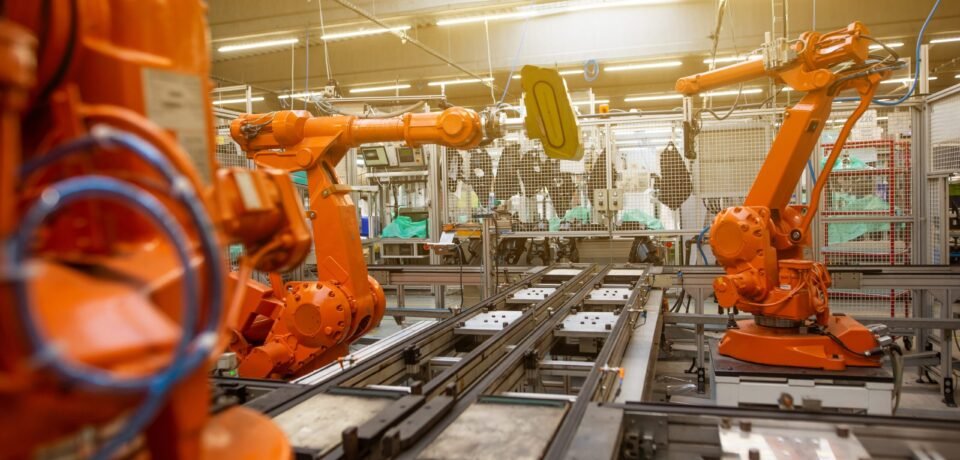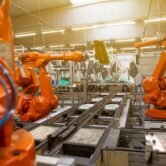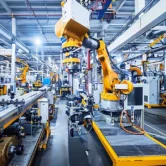
The Art of Melting: How Metal Welding Shapes Modern Industrial Civilization
I. The Mystery of Atomic Recombination: The Metallurgical Essence of Welding
When two metals reach a molten state under the influence of the welding heat cycle, their surface oxide films are instantly shattered, allowing pure metal atoms to diffuse into each other within 10^-3 seconds. This metallurgical bonding process produces the typical weld microstructure: columnar grains, equiaxed grains, and partial phase transformation zones. Synchrotron X-ray imaging by Osaka University in Japan revealed that metal flow velocities within the molten pool can reach 1.2 m/s, equivalent to hurricane-force microconvection.
Modern welding processes have developed over 87 subdivisions. From traditional metal arc welding (SMAW) to advanced electron beam welding (EBW), energy densities span an astonishing six orders of magnitude. The laser-arc hybrid welding technology developed by Krus, a German company, combines a 20 kW laser with a 350 A arc, achieving aluminum alloy welding speeds exceeding 18 m/min while reducing heat input by 40%.
II. Process Evolution: From Forge Welding to Quantum Welding
As early as 3000 BC, Mesopotamian craftsmen mastered forge welding, creating connections by hammering heated metals. During the Industrial Revolution, Russian inventor Benardos invented carbon arc welding in 1881, ushering in the modern welding era. Today, vacuum electron beam welding systems developed by NASA can achieve positioning accuracy of 0.001mm in an ultra-vacuum environment of 10^-5 Pa, and are used to weld the beryllium mirror mounts for the James Webb Space Telescope.
In the field of microconnections, the nanosilver sintering technology developed by Tanaka Kikinzoku in Japan uses low-temperature pressure at 200°C to form a metallurgical bond between the chip and the substrate, resulting in a thermal conductivity five times higher than that of traditional solder. Furthermore, the quantum dot welding technology developed by the Fraunhofer Institute in Germany enables precise control of the connection interface at the atomic scale, reducing the contact resistance of quantum computer superconducting circuits to 10^-9 Ω·cm².
III. Extreme Challenges: Breakthroughs in Welding of Special Materials
The aerospace industry is rewriting the rules of welding: SpaceX’s Falcon 9 rocket fuel tanks, manufactured using friction stir welding (FSW), have increased the weld strength coefficient of 2195 aluminum-lithium alloy to 0.92 (compared to 0.7 for conventional fusion welding). China Baowu Group has developed laser wire welding technology that has successfully achieved continuous welding of 0.1mm thick stainless steel foil, with a heat-affected zone (HAZ) of less than 30μm.
In the field of superconducting material joining, Central Japan Railway Company (Central Japan Railway Company) has developed a low-temperature diffusion welding process that maintains the critical current of Nb3Sn superconducting magnet joints at 4.2K liquid helium temperatures. CERN’s superconducting cavity for the Large Hadron Collider uses electron beam welding to achieve a deformation control accuracy of 0.008mm for a 1.3GHz radio frequency cavity.


